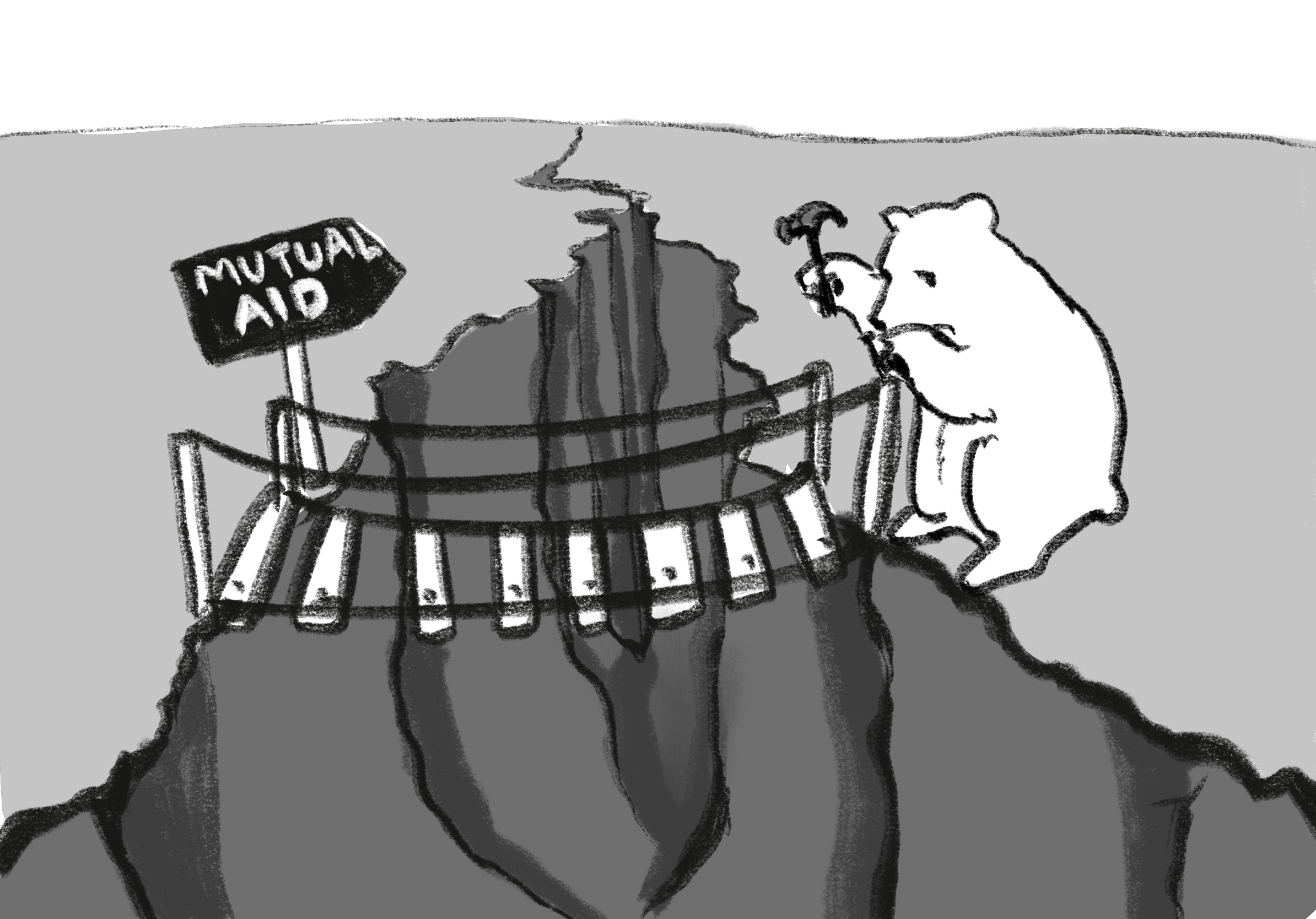At home in all lands
April 14, 2022
 This
piece represents the opinion of the author
.
This
piece represents the opinion of the author
.
 Kyra Tan
Kyra TanAs of 2013, the median family income of a student from Bowdoin is $195,900, and 69 percent of students come from the top 20 percent of household incomes in the U.S. This means that for over two thirds of the student body, in the four years they are at Bowdoin they will feel they share a space with students who come from a class background similar to their own. For the other 31 percent however, the challenges of arriving at a new school are compounded by being vastly outnumbered by students with astoundingly greater access to resources and economic privilege.
While the first step is to recognize the problem, having talks about class isn’t enough. People may try to be mindful of privilege and consider the barriers others face, but they are rarely willing to push further than simply expanding their worldview. While it’s important to remember that we are all part of an unequal system that privileges certain groups over others, we should move beyond conversations and consider wealth redistribution within our community as an intentional practice.
Being in a community that supports one another means working against systems that make some poor and some rich by creating a network of support where concentrated abundance of resources can be spread out. Developing systems like mutual aid speak to the Bowdoin “common good” promise of solidarity and community action. Giving within your means to fellow community members—people that make up your home for four years—not out of pity or saviorism but out of genuine respect for the needs of others helps create mutual prosperity.
With mutual aid, money is raised when those in the community donate to local organizations, for example, the Colby Mutual Aid Fund, who have distributed $150,000 thus far within the Colby community. Applications come from community members and are fulfilled by the funds raised, avoiding deservingness hierarchies, or a need for a display of desperation as inspiration to give. Teams review applications and use services like Venmo to collect and distribute funds, maintaining the anonymity of the applicant.
By doing this, the idea that the power to allocate how resources are distributed should never rest solely in the hands of those with more resources is underscored. By sharing this space we have an opportunity to value or ignore our connection to one another. Mutual aid is part of what community care looks like.

Comments
Before submitting a comment, please review our comment policy. Some key points from the policy: